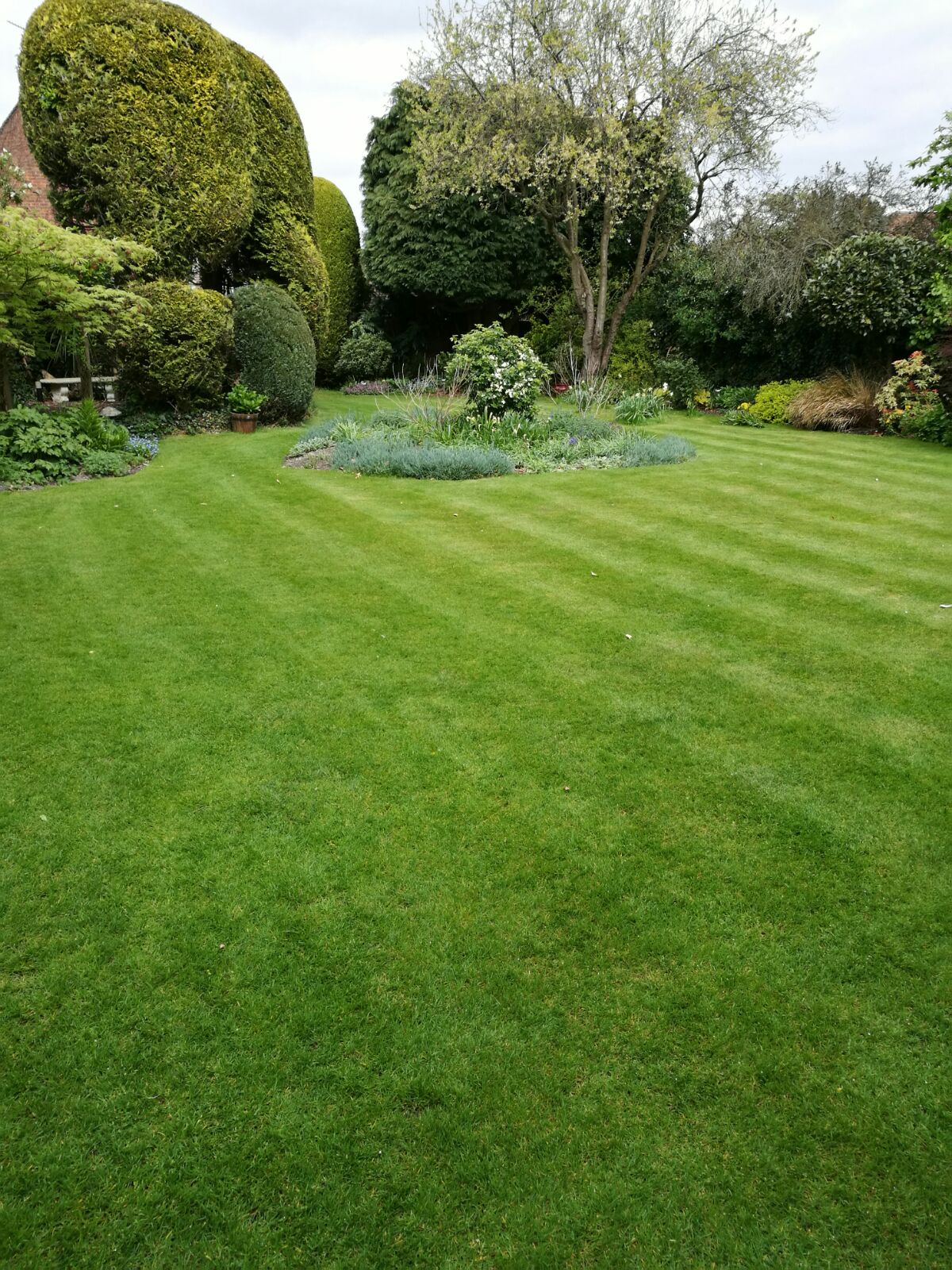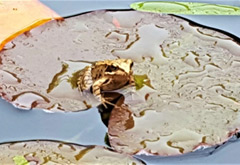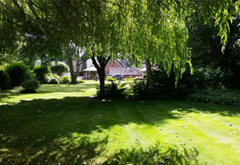Lawn Care Top Tips
At TopGrass we want to see your lawns in its best condition. Here are our easy tips for you to keep your lawn looking great all year round. The best time to mow your lawn, how to water your lawn and what to do about ant control in your lawn.
Mowing
 Summer - Ideally mowing should be carried out at 3-4 day intervals during the growing season, however this is often difficult to achieve and in most cases mowing weekly is more realistic. Mowing is one of the keys to having a lawn with dense growth. Every time you cut the grass, it encourages the plant to produce more shoots, so the more you cut, the thicker your lawn will be. During the spring and summer months the mowing height should be around 1” in good growing conditions.
Summer - Ideally mowing should be carried out at 3-4 day intervals during the growing season, however this is often difficult to achieve and in most cases mowing weekly is more realistic. Mowing is one of the keys to having a lawn with dense growth. Every time you cut the grass, it encourages the plant to produce more shoots, so the more you cut, the thicker your lawn will be. During the spring and summer months the mowing height should be around 1” in good growing conditions.
However, during very dry conditions, raising the height to 1.5-2” will help the grass survive dry weather better as more leaf length helps to reduce stress and aid moisture retention by self shading.
Remember to keep the mower blades sharp for best results.
Winter - “When should I stop mowing?” is a question we get asked very often. Some lawn guides advocate stopping mowing between the end of October and the beginning of April, but with our variable seasons, we do not think that is the best approach. We advise mowing as long as the lawn is still growing and the soil is firm enough to support the mower without damaging the lawn. Set the mower at a higher than normal setting and try and cut in the afternoon when the lawn is at its driest.
In the spring, keep the mower at a high setting for the first cut and lower the setting to about 1” over the next few cuts. It’s a good idea to get your mower serviced and the blades sharpened over the winter.
Watering
 If your lawn is brown and patchy during the summer then the most likely cause is dryness. If your lawn is dry, then watering will certainly help to maintain a good colour and appearance. If you do water your lawn then do so in the evenings/early mornings (watering during bright sunlight can scorch grass) and aim to do this heavily 2-3 times per week.
If your lawn is brown and patchy during the summer then the most likely cause is dryness. If your lawn is dry, then watering will certainly help to maintain a good colour and appearance. If you do water your lawn then do so in the evenings/early mornings (watering during bright sunlight can scorch grass) and aim to do this heavily 2-3 times per week.
You are aiming to get the water into the root zone as this will have the most impact, a couple of heavy soakings with a sprinkler for 1.5-2 hours at a time (in each position required to cover the lawn) should achieve this. You can determine whether the water is reaching the lawn roots by applying the sprinkler then leaving alone for 24 hours before digging up a small core of turf and soil to see how far down the soil the water has reached.
If the water hasn't reached the desired depth then extend the sprinkling time next time you water. Do not use a hose or watering can, as this will not put on enough water to reach roots.
Watering daily for shorter durations does not have the same impact and can encourage turf disease such as Red Thread as the sward often remains damp and humid as it doesn’t get time to dry out in between watering and the water is unlikely to drain right down in to the root zone where it is needed. Watering is especially important for newly laid turf or areas recently seeded where the root depth may be quite shallow.
Ants
Ants are often a problem on many lawns over the summer. The ants normally do not kill the grass directly, but their excavations bring soil to the surface and eventually build mounds. These raised areas can be scalped by the mower, leading to bald patches and the nests often dry out quickly causing stress to the grasses growing above. To avoid mounds being built up it is best to rake or brush the loose soil out over the lawn when dry. Controlling ants in a lawn is very difficult as there are currently no reliable products available to control ants in lawns.
Shade
 Shade will severely limit grass growth. The more you keep shrubs and trees trimmed back the better your lawn will like it. Also if you have play equipment or furniture on the lawn, you will need to move it every 2-3 days to avoid getting patches of poor growth.
Shade will severely limit grass growth. The more you keep shrubs and trees trimmed back the better your lawn will like it. Also if you have play equipment or furniture on the lawn, you will need to move it every 2-3 days to avoid getting patches of poor growth.
Pets
Dogs urinating on lawns will cause scorch effects to appear. The urine contains urea, which is high in nitrogen and up to a point is a good fertiliser, beyond that point it starts to kill the grass. If you can train your dog to go in small doses all over the lawn you can reduce the amount of fertiliser you need to apply! However, for most of us the best answer is to keep the dogs off the lawn or to flush the affected areas with water straight away.
Autumn / Winter
Clearing the leaves off the lawn is an important task, they block the light and cause yellowing or even dead patches if left.
Don’t walk on your lawn when it is frosty – it damages the grass and can cause blackening.
If your lawn is getting a little long during this period then you can mow as long as the ground is firm enough not to damage the lawn and the weather is mild and not too wet. Cut at on a high setting just to top the grass.